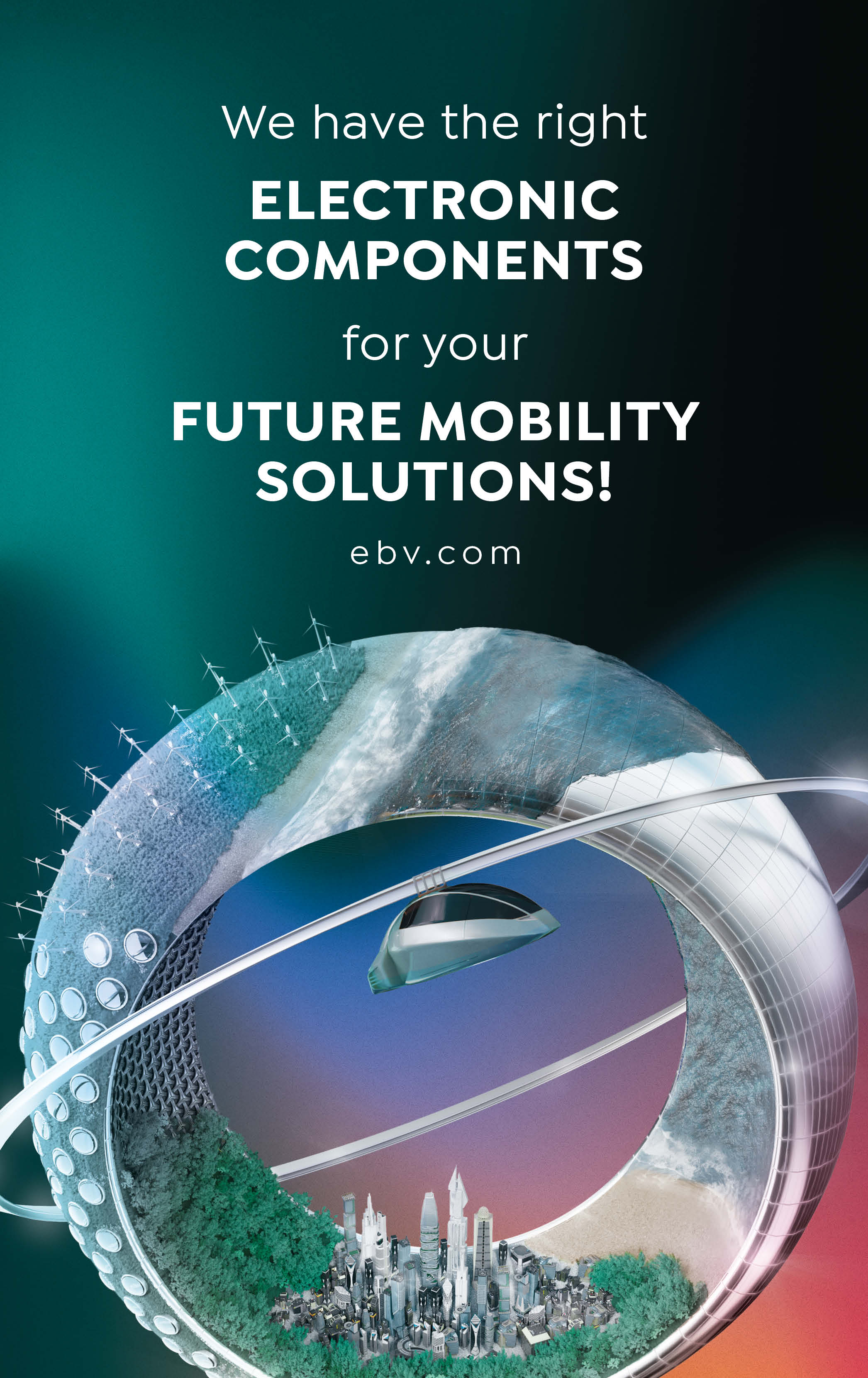The Hyperloop system is originally one of the visionary ideas of Elon Musk, but numerous companies and institutions have taken inspiration from it. Despite many concerns regarding feasibility and profitability, lots of projects are now entering their implementation phase.
Elon Musk was clearly getting annoyed by traffic when he posted the following tweet in 2016: “Traffic is driving me nuts. Am going to build a tunnel boring machine and just start digging…” Musk wouldn’t be Musk if he just wanted to dig a normal tunnel – instead, he developed the idea of an entirely new means of transportation, the Hyperloop, which would transport people and goods in pods through a vacuum tube at the speed of an aeroplane.
Questioning profitability
However, the initial hype was followed by great disillusionment in 2021 when the first tunnel under the enormous grounds of the Las Vegas Convention Center went into everyday operation. There weren’t any hyper-fast pods, but instead just normal Tesla cars driving at low speeds – and not even autonomously. Critics expect that the necessary investments for the Hyperloop infrastructure are too expensive and operation is too complex, making the economic benefits too difficult to achieve. However, there are still many who think it is a good idea to continue research into hyperloop systems.
The idea is spreading
As it happens, Musk has inspired lots of companies and institutions across the globe with his idea and they are already working on its technological feasibility. There are already some exciting projects under way, particularly in Europe. For example, since the start of 2022 various European cities and regions have been supporting the Hyperconnected Europe initiative. They want to develop a vision for a European hyperloop network together.
“Realising zero emission mobility while the demand for transport keeps growing, is a huge challenge,” Stan de Caluwe, Project Lead of Hyperconnected Europe explains. “Building new infrastructure in Europe typically takes at least 10 years, so this is the right time to start planning for building hyperloop connections instead of widening highways or expanding airports. Cities and regions are the ultimate beneficiaries of a hyperloop system, and they should be involved with the design of that system from the start, so that we are certain that it meets our future needs.”
Start of the realisation phase
The project was initiated by the Hyperloop Development Program, which is also responsible for the realisation of the European Hyperloop Center (EHC). Among other things, the EHC will have a three-kilometre-long test track in the Dutch city of Groningen. Here, a combination of magnetic levitation and electrical linear motors will be used to propel the pods and make them hover. During initial trials the system was able to get a 150-kilogramme carriage to hover with a power consumption of around 30 watts, which is roughly equivalent to the power of an electric light bulb. The EHC tests are expected to start in 2023 so that the system can be certified for freight transport by 2025.
Another player in this market is Hyperloop Transportation Technologies (HyperloopTT). The company has created a fully fledged hyperloop test track in Toulouse, France, already developed safety and certification guidelines and evaluated various project opportunities in the USA and Europe.
At the Technical University of Munich (TUM), the TUM Hyperloop research project has also begun its realisation phase with the construction of a hyperloop demonstrator. A 24-metre-long and approximately four-metre-wide tube is being built, through which a transport pod will travel and be tested under real conditions. Ground was officially broken for the demonstrator on 30 September 2022 and the first tests are expected to begin in 2023.
Defining safety requirements
The Munich-based project is being supported by TÜV Süd in certifying the test tube and the transport pod. This is based on the relevant standards for machine safety as well as the world’s first guideline for hyperloop systems, in which TÜV Süd has defined the essential safety requirements for planning, construction and operation.
This involved consideration of existing rules and expertise in the areas of railways, metro systems, cable cars and funfair rides, as well as the aviation and process industries, and then developing them further to reflect the special requirements of the hyperloop technologies. Among other things, the guideline takes a comprehensive approach to defining the essential safety requirements for the transport pods, the propulsion system, the life support system, the tubes and evacuation in cases of emergency.
European network
The Hyperloop Development Program has outlined the future of the European Hyperloop system and its advantages in a concept. According to this document, a 25,000-kilometre-long network could link up 130 cities on the European continent with transport times comparable to air travel. The network would require an estimated total investment of 981 billion euros – this would correspond to around ten percent of the total investment required in transport infrastructure in Europe up to 2050.
Hyperloop could reduce the CO2 emissions by between 113 and 242 billion tonnes per year by 2050. Wolfgang Wittmann, Managing Director of Munich Metropolitan Region, says: “Sustainable transport and mobility are crucial for a prosperous and futureproof Europe and hyperloop can play an important role.”
“Defeating traffic is the ultimate boss battle. Even the most powerful humans in the world cannot defeat traffic.”
Elon Musk

